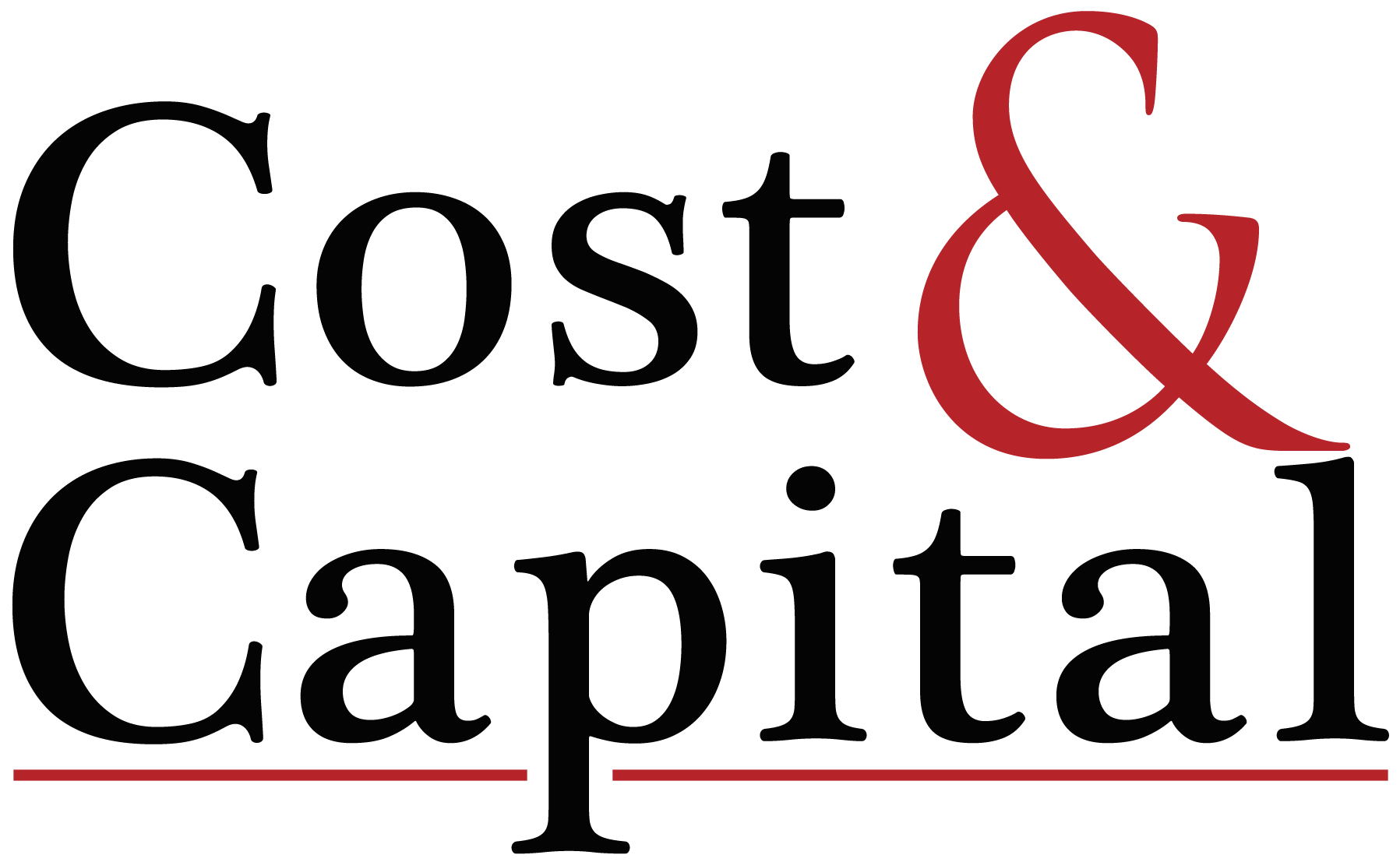How Can Startups Beat Inflation? Here are 3 Strategies To Do So
We recently wrote how inflation has risen to 9.1% and both consumers and businesses are feeling the pain. What about startups, as they are usually cash strapped and inflation does not really help. Before we share 3 strategies that startups can tackle inflation, it should be stated that startups are a core driver for the economy, in fact, small businesses and the startups are responsible for creating 1.5 million new jobs each year in the U.S.
We have also shared a list of reasons, why startups fail and top reasons include: lack of product/market fit and running out of cash. So, here are 3 business strategies on how to manage finances, when inflation keeps on rising, impacting cost of capital.
Watch your Finances (Burn rate, Runway/Run rate and Fume dates):
Startups are usually focused on hyper growth and as such its all about top-line. This is great when cost of capital is low, implying cash can be raised at favorable terms. But during times of capital tightening, having a high burn rate and running out of runway, will lead to business either shutting down or worse, losing quality and value.
To mitigate this, founders should watch and manage finances, based on market dynamics. A good to have feature should be down prioritized for a great to have a feature. Operating costs and margins become equally important as top line (Sales growth), so hire only when absolutely necessary and only for key roles.
Implement the Right Pricing Strategy:
First off premium pricing and commodity pricing have different impacts. Most startups tend to price based on their competition or larger competitors. According to a recent NFIB survey, 31% of small business owners are taking on debt instead of raising prices or making changes.
Taking on more debt, when cost of capital is high (due to high interest rates), is the wrong thing to do. Startups can and should re-evaluate their pricing model vs taking on more debt. One way to do this is to offer bundle pricing, that is value driven. This will also allow for higher penetration and stickiness of the products/services.
Alternatively, if the incumbents are raising prices, there is no harm in raising prices, if the competitive differentiator was not price to begin with. This is also a driving factor in understanding the operating margins. If a startup can continue to stay profitable operationally, then price hike may not be needed, albeit it depends on time horizons being considered, as cost of materials may keep increasing.
Circumvent Cost of Materials:
If a startup is dependent on external suppliers for raw materials to manage price and operating margins, then is becomes very prudent to re-evaluate terms and conditions (T&C). Startups should not be shy to call vendors and re-negotiate the T&C's of the contract. They should also start shopping around for alternatives if the existing T&C's do not favor the market conditions.
Additionally, look to sign longer term contracts, that would freeze the cost of materials or can be managed based on market dynamics. Another option to become a self sustaining organization i.e vertically integrated business (like Zara). This is not an easy task, especially based on the industry, segment dynamics and if the industry is highly regulated. Key is to ensure that cost of materials does not become a factor that burns cash for the startup, faster than its account receivables.
Whilst there are other factors to be considered, these three strategies should enables startups to stay afloat when market head winds are strong than the tail winds.

0 Comments